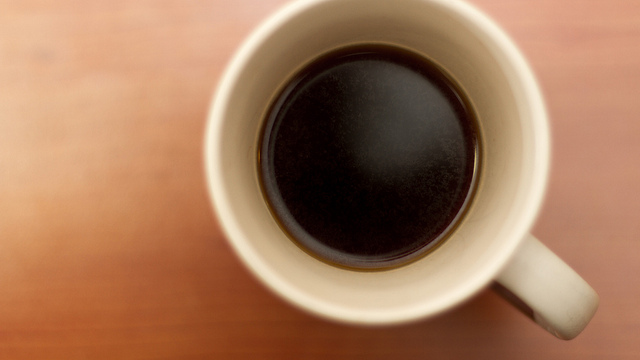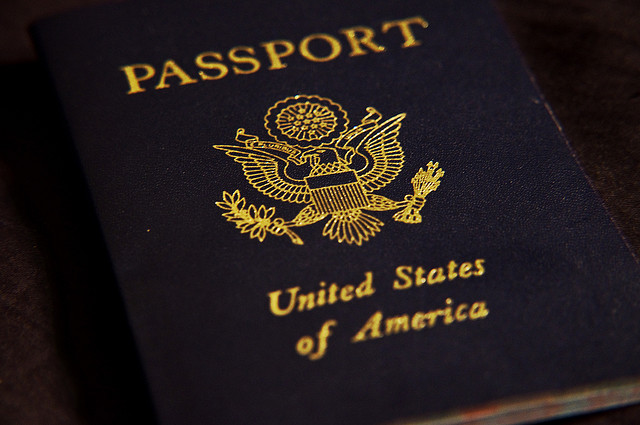
With Thanksgiving rapidly approaching, it’s safe to say it’s holiday season!
With company events, parties, dinners, and holiday celebrations galore, there are so many fun events to attend in the coming month.
However, all of these gatherings bring up an important topic: proper holiday etiquette. We may not be Miss Manners, but it’s always great to have a reminder this time of year on how to be a fabulous guest.
Read on for 5 holiday etiquette tips!
Don’t come empty handed
Always offer to bring something to a party ahead of time. Even if in years past, the host has taken care of everything, it’s so important to call ahead of time and see if there’s anything you can bring to lighten his or her load.
If you’re already planning on bringing food, it’s gracious to call well in advance to give the host an option of telling you what would best complement the meal (and ensure no duplicates).
Bring a gift
Even if you’ve been told to not bring a thing, it’s always nice to show up with a small gift such as wine, cookies, or a decorative ornament.
If you were planning on giving the host a holiday gift, this is also a great opportunity to bring it (and avoid the extra trip!).
However, it’s inappropriate to hand out holiday gifts to more than just the host at the event, unless the party has been specifically designated as a gift exchange.
Be helpful
Don’t just offer to help; step in and start assisting. Hosts often don’t want to ask for help, and simply asking “Is there anything I can do?” sometimes just isn’t enough. If you see somewhere you can be of help—just go ahead and put yourself to work!
Thank your host
At the end of the event, make sure you thank each host. It’s also considerate the next day to call and say what a wonderful time you had and thank them again.
Send invites in advance
Of course there are etiquette rules for the host as well! You should offer plenty of advance notice of the time and date of your event. There is a lot going on during the holidays, so giving a heads-up will be helpful for your friends’ planning out their holiday calendars.
Please share your holiday etiquette tips below or on our Facebook page!
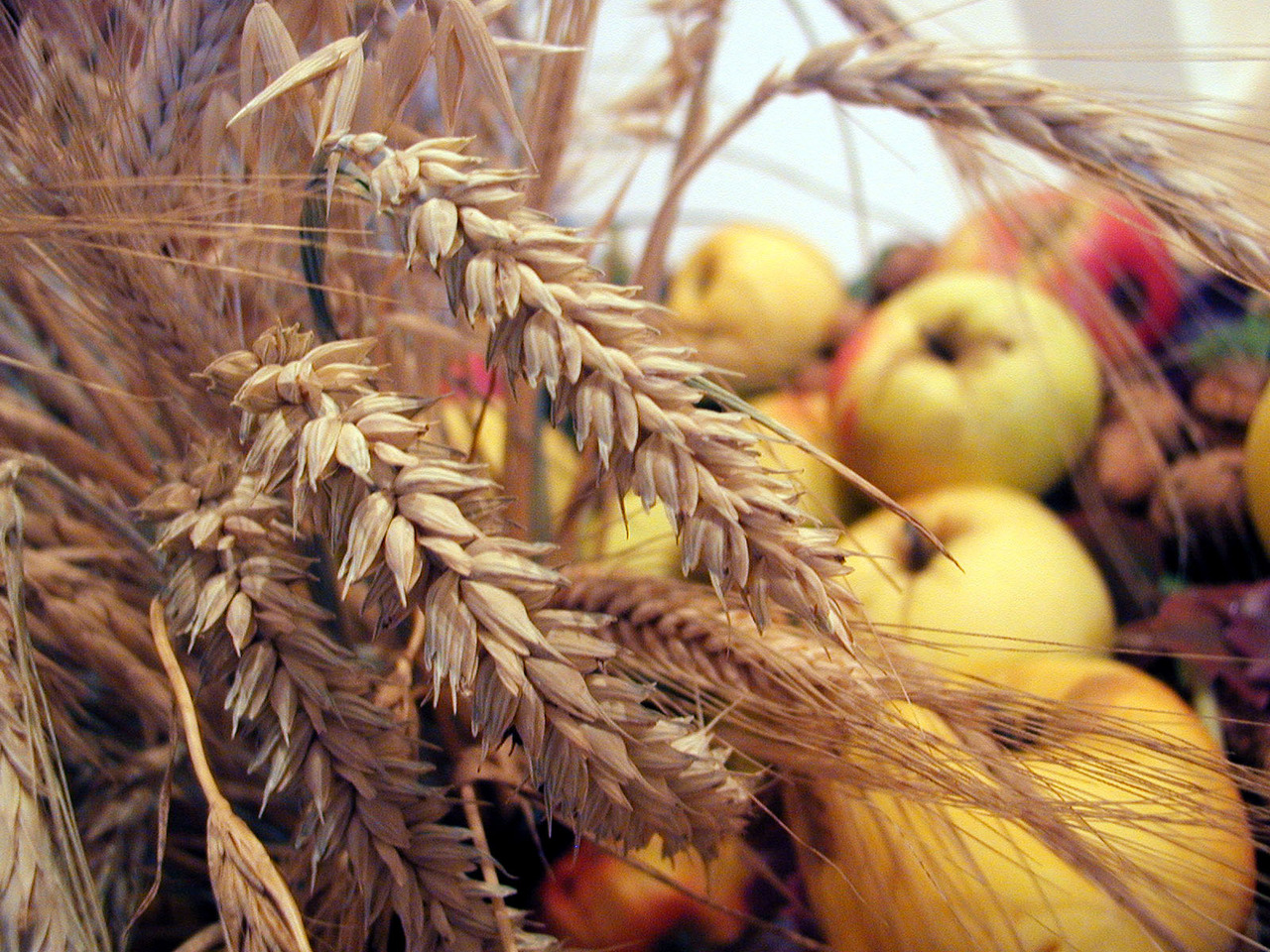
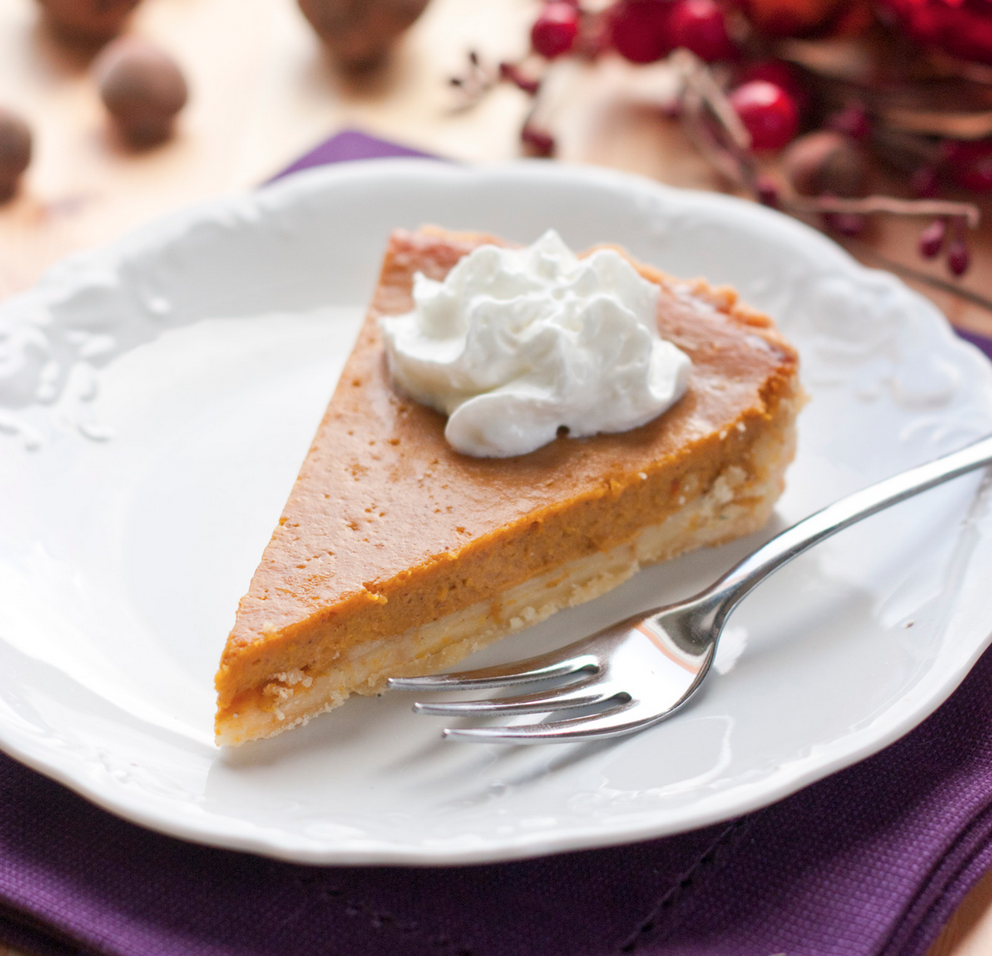
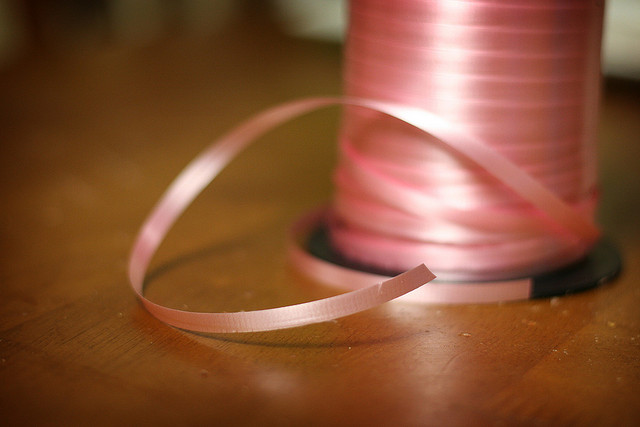
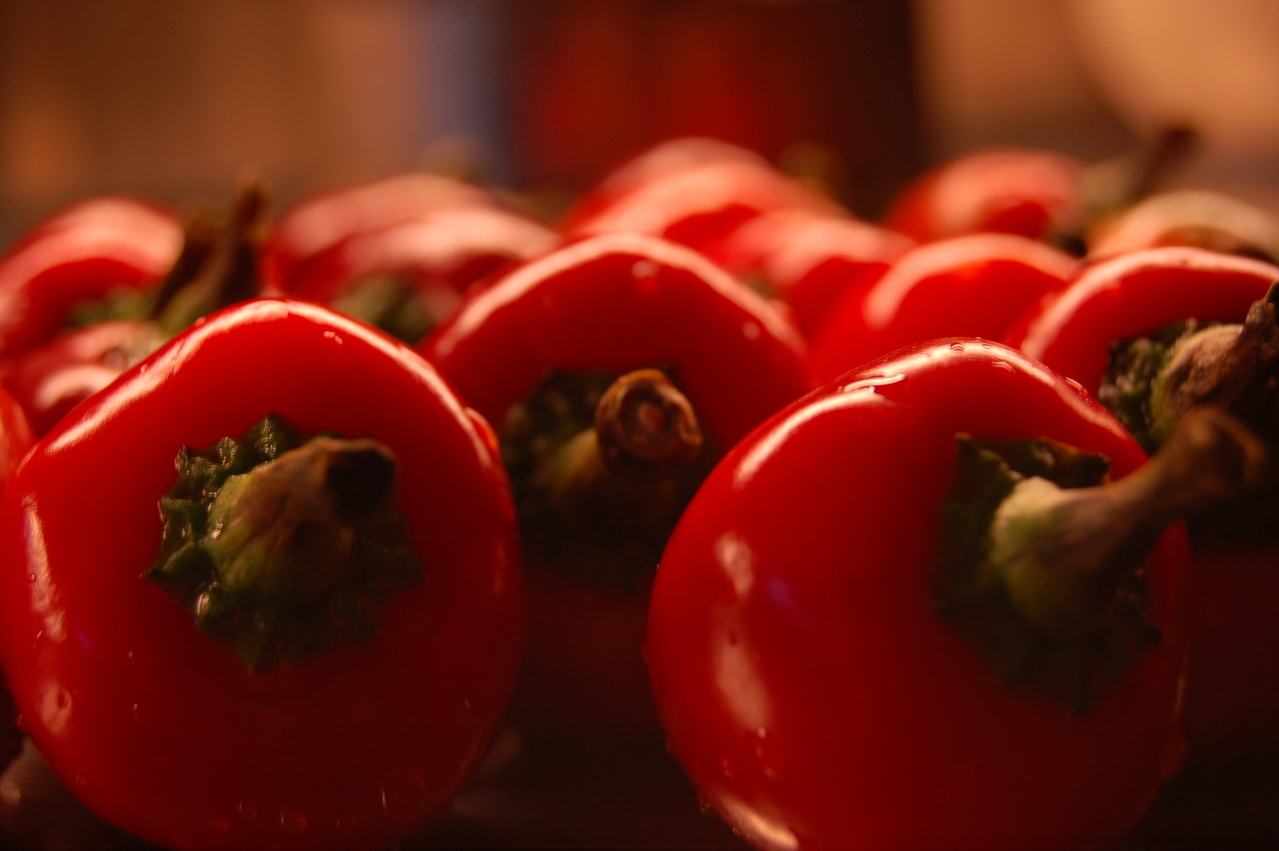

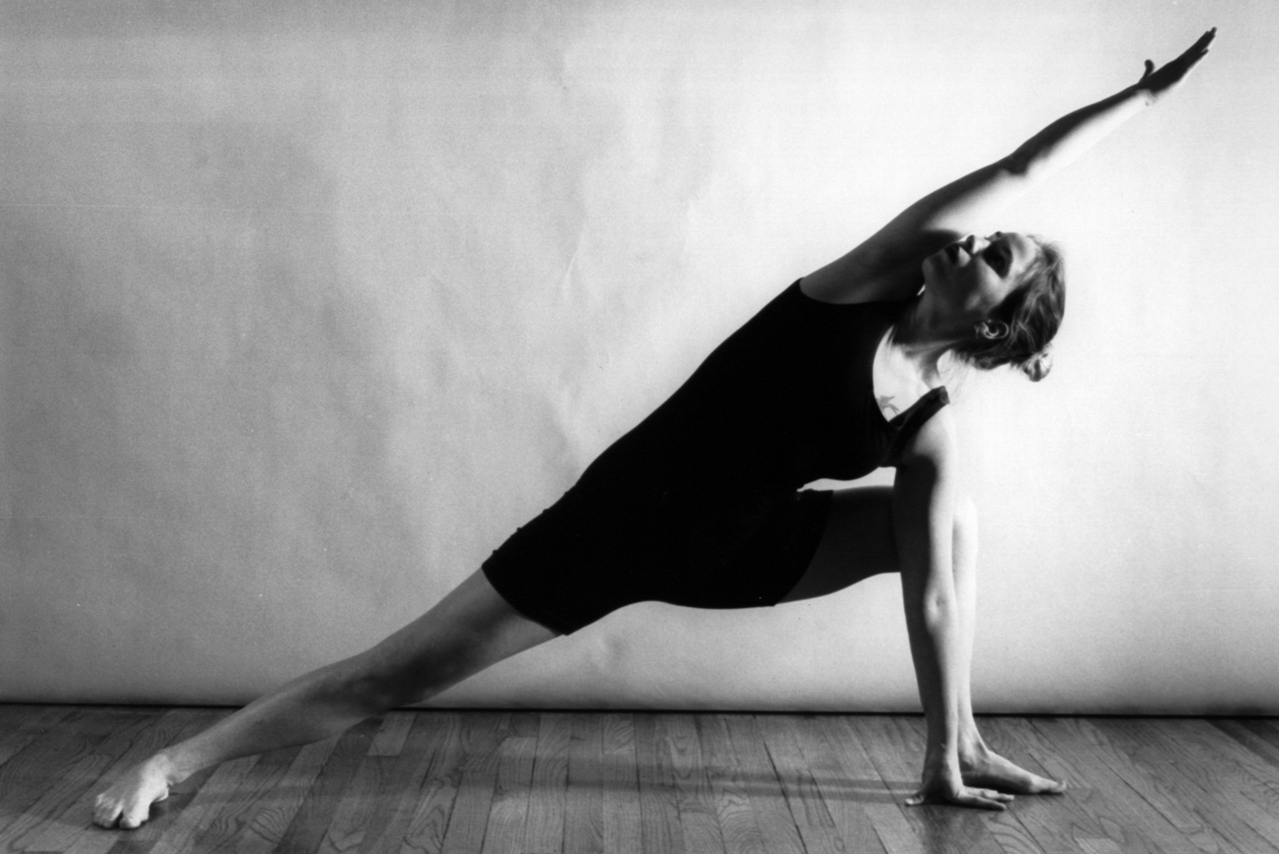
 You just found out that you might need a mastectomy.
You just found out that you might need a mastectomy.